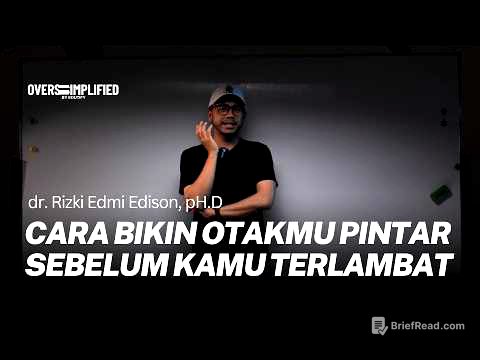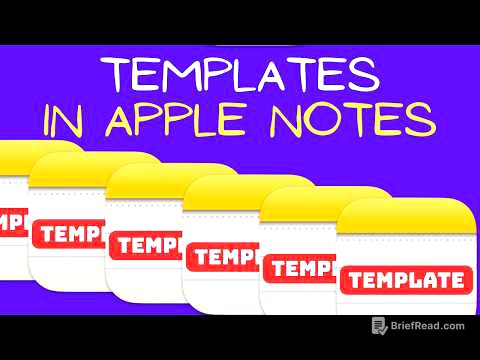TLDR;
This video is a detailed calligraphy tutorial focusing on classic capital letters in the engrosser script. It begins with an introduction to a calligraphy starter kit, then explores the historical context of engrosser script, referencing books by Zanerian, Richie Way, Paul Antonio, and Tommy Thompson. The tutorial includes demonstrations of writing the letters A, M, and N, with tips on technique, troubleshooting common issues like ink bleeding, and achieving consistency in letterforms.
- Introduction to calligraphy starter kit and engrosser script.
- Exploration of historical context and recommended books.
- Demonstrations of writing letters A, M, and N with detailed techniques.
- Tips on troubleshooting and achieving consistency.
Introduction to Calligraphy and Tools [0:20]
The video introduces a calligraphy copy sheets demo focused on the classic style, specifically engrosser script capitals. For newcomers to calligraphy, the video showcases a calligraphy starter kit that includes a wooden oblique pen holder, water ink, and a nickel G nib, all contained in a tote bag. The kit also features a starter guide with instructions on tool setup and basic techniques, designed to provide a comprehensive introduction to calligraphy.
Historical Context and Recommended Books [4:51]
The video discusses the importance of learning traditional scripts for foundational calligraphy skills. It references several key books, including the "Zanerian Manual," a historical instructional book from 1895, available as a high-resolution PDF on David Grimes' website (masgrimes.com). Other books mentioned include Richie Way's "Pointed Pen Calligraphy," which focuses on engrosser script, and Paul Antonio's book, which offers a unique approach to calligraphy. Tommy Thompson's "Script Lettering for Artists" is also recommended for its clear breakdown of alphabets and strokes.
Letter A Demonstration [19:38]
The tutorial begins with the letter A, part of the "pushed stem group." The process starts with drawing the outline of a terminal (a dot-like shape) and inking it in. From the baseline, the stroke curls upwards and to the right in an s-curve, followed by a gradual increase in pressure on the downstroke, pulling the nib to the left. The exit involves lifting and creating an oval shape. Common issues like ink bleeding are addressed, attributing them to humidity, paper quality, or excessive water in the ink.
Letter M Demonstration [30:49]
The video explores two versions of the letter M. The first involves a stroke coming down on a slant with pressure, followed by a subtle pushed stem without a terminal, and an exit stroke in an oval form. The second version, inspired by Paul Antonio's book, features an S-curve in the second stroke. Key aspects include maintaining parallel lines, consistent terminal sizes, and proper negative spacing to form triangle shapes.
Letter N Demonstration [42:16]
For the letter N, the tutorial presents two methods. The first involves tilting the paper clockwise for a straighter stroke, followed by a thin-thick-thin pressure application and an upward turn. The second method, from the Zanerian Manual, suggests shifting the elbow slightly to the right to create the shade. The importance of maintaining the correct slant and achieving a thin-thick-thin (TTT) gradation in the stroke is emphasized, along with attention to spacing to create balanced triangle shapes.
Tips for Consistency and Technique [50:09]
The video provides additional tips for achieving consistency in calligraphy. It emphasizes the importance of determining the height and shape of the terminal, whether using a direct or indirect round shape. The tutorial also distinguishes between ball-shaped and teardrop-shaped terminals, noting that the ball shape is often preferred for its elegance and compatibility with lowercase letters.









